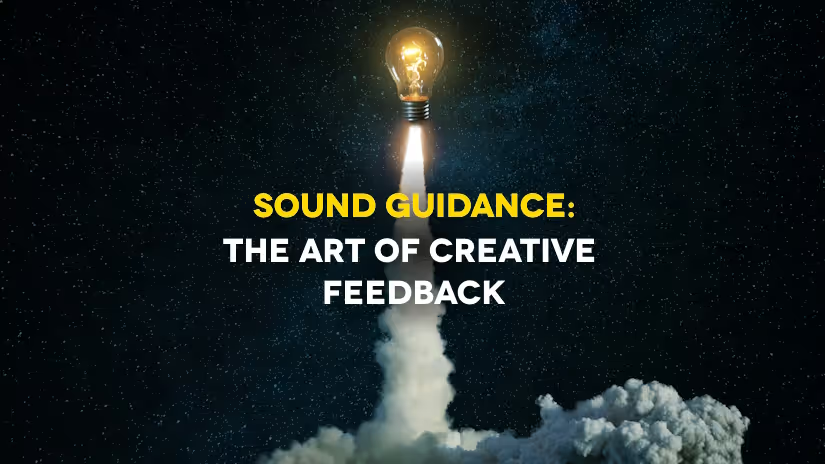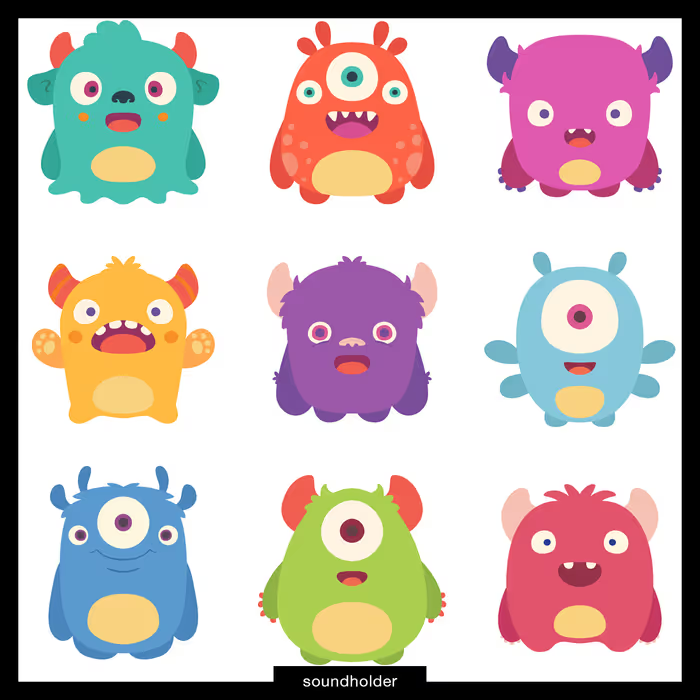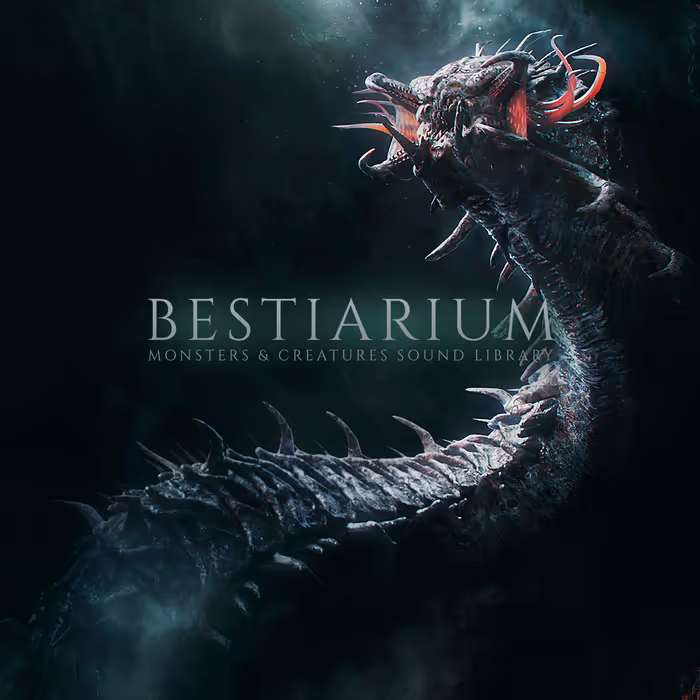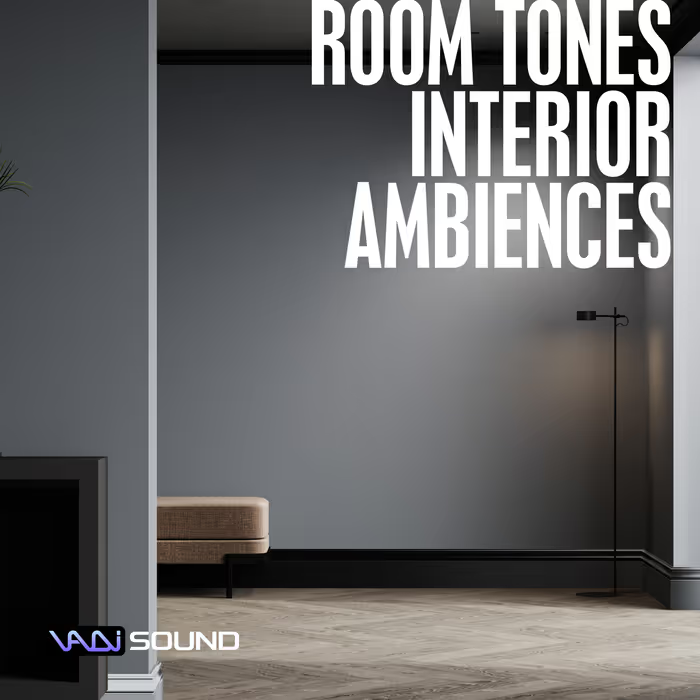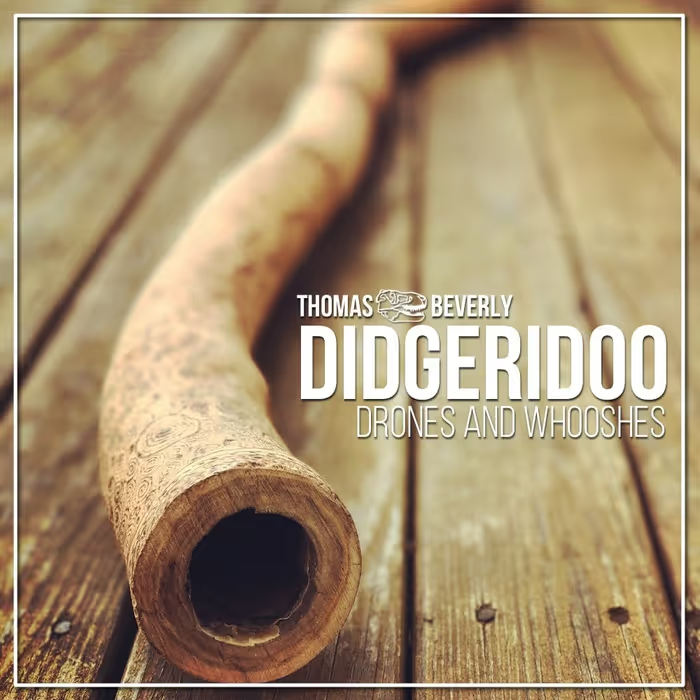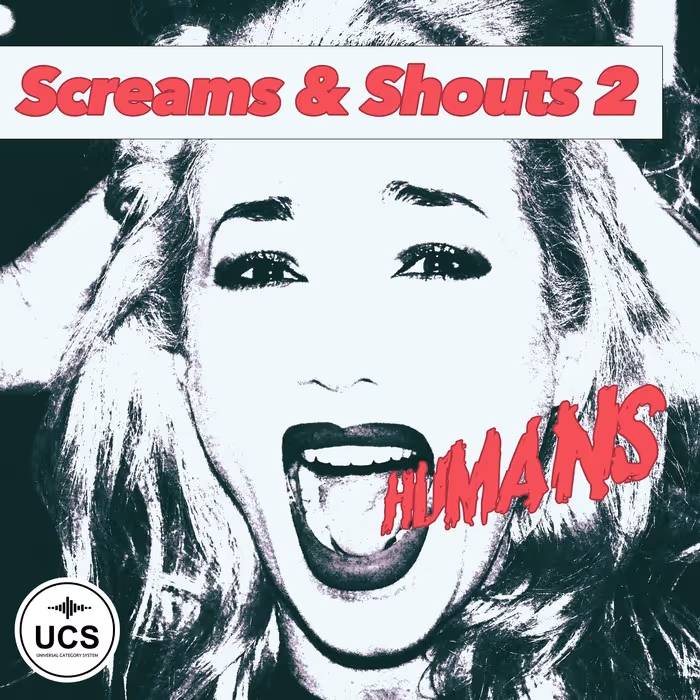In the fast-paced world of game development, the difference between good sound design and great sound design often comes down to the quality of feedback exchanged between team members.
After years of supervising sound designers, I’ve learned that how we communicate about creative work can either unlock extraordinary potential or inadvertently stifle innovation and enthusiasm
After years of supervising sound designers, I’ve learned that how we communicate about creative work can either unlock extraordinary potential or inadvertently stifle innovation and enthusiasm.
After trials, errors, and countless feedback sessions, I’ve developed approaches that consistently yield better results. Here are nine practical techniques that can transform how you give feedback to your team, and ultimately elevate everyone’s work:
Start with Context, Not Criticism
“What were you aiming for with this piece?”
“Which elements do you feel are working, and which aren’t?”
“How does this specific game mechanic work?”
“What kind of feedback would be most helpful right now?”
These questions do more than clarify expectations; they transform the conversation from a one-sided critique into a collaborative exploration. They signal respect for the designer’s creative vision and acknowledge that they might already be aware of certain issues.
Match Your Method to the Maker
Understanding each team member’s preferred communication style isn’t just about making feedback more palatable—it’s about making it more effective.
Describe Effects, Not Techniques
Perhaps the most transformative shift in my feedback approach has been moving from prescriptive instructions to descriptive guidance
This approach accomplishes two critical things: it preserves the creative agency of the sound designer, and it keeps the focus on the emotional impact rather than technical minutiae.
It invites the designer to draw on their expertise to solve the problem, often yielding solutions more innovative than what I might have prescribed.
That said, experience level matters here. With junior sound designers who are still building their technical toolkit, I make a point to add: “If you’re not sure how to achieve this effect, I’m happy to walk you through some specific techniques.” This creates a safe space for learning without assuming everyone has the same technical foundation. I’ve found that explicitly offering technical guidance—without forcing it—helps junior team members grow while still giving them room to experiment and develop their own creative problem-solving skills.
Do you find this useful? Please share it with others:
Practice Brevity and Focus
When I first started giving feedback, I’d try to address everything at once. I quickly learned that overwhelming someone with a laundry list of tweaks often results in none of them being addressed effectively
Now I prioritize ruthlessly. If a piece needs substantial work, I focus on the 2-3 most critical issues that will have the greatest impact. When those are resolved, we can address more nuanced concerns in the next iteration.
Just as in sound design itself—where knowing what to leave out is as important as what to include—effective feedback requires thoughtful curation.
Separate the Work from the Person
By focusing critique on the work rather than the person who created it, we create psychological safety that encourages risk-taking and experimentation. This isn’t just about being nice—it’s about creating an environment where innovation can flourish without fear of personal judgment.
Make Every Conversation Two-Way
“What were the challenges you encountered with this design?”
“What alternatives did you try before landing on this approach?”
“How do you feel about trying a different direction here?”
These questions often reveal constraints or considerations I wasn’t aware of, leading to more informed decisions and better outcomes.
Close the Loop
Beware the Feedback Sandwich
When designers sense you’re softening criticism with obligatory compliments, it can undermine the authenticity of both your praise and your critique
When designers sense you’re softening criticism with obligatory compliments, it can undermine the authenticity of both your praise and your critique.
Instead, I try to be genuine in acknowledging strengths while being clear and direct about what needs improvement.
Consider the Timeline
In Conclusion: Feedback as Creative Fuel
The goal isn’t perfection in a single iteration, but rather creating a collaborative environment where each conversation brings us closer to something extraordinary. In game development, where player experience is shaped by countless small decisions, this approach to feedback doesn’t just make for better sound—it makes for better games.
About Stephen Schappler:
 Stephen Schappler is an award-winning Sound Designer who has worked on acclaimed AAA titles including God of War: Ragnarök and the Mortal Kombat franchise.
Stephen Schappler is an award-winning Sound Designer who has worked on acclaimed AAA titles including God of War: Ragnarök and the Mortal Kombat franchise. He is currently a Sound Design Supervisor at PlayStation Studios, where he creates industry-leading sonic experiences. With over 15 years of experience, he remains passionate about innovation, advancing the craft, and inspiring others through positive leadership in a supportive, encouraging atmosphere. Check out his blog here.

